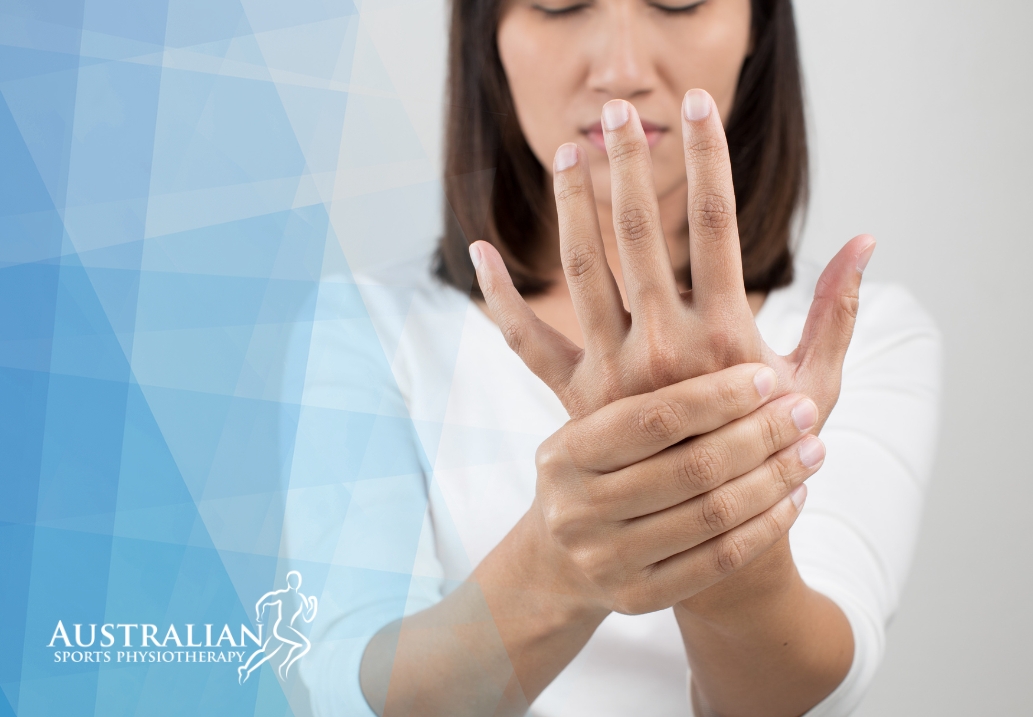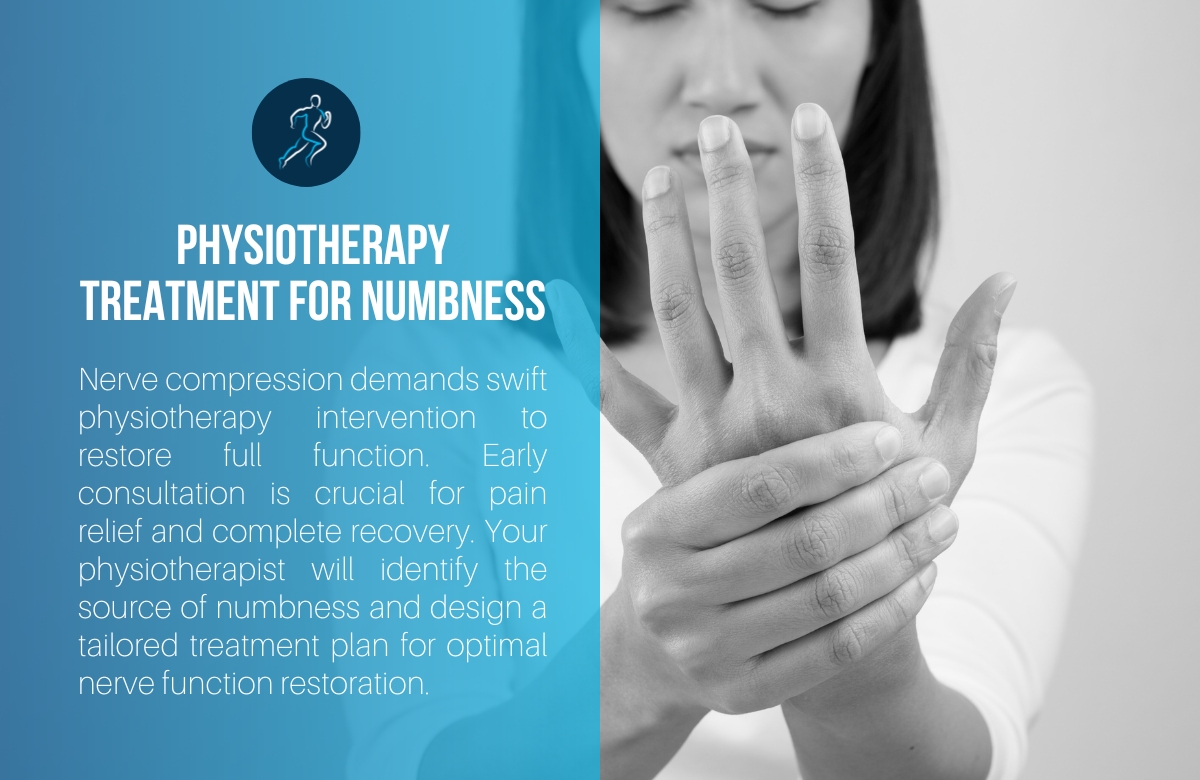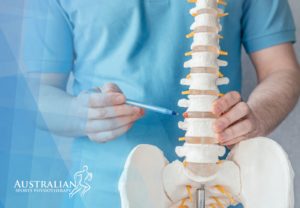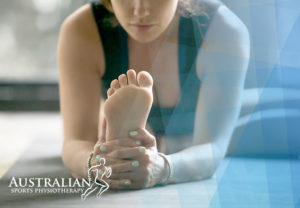Do you ever experience numbness in your body? Whether it’s in your hands, feet, or other areas, numbness can be a frustrating and uncomfortable sensation. There might be a solution to address your concerns through physiotherapy.
Physiotherapy is a branch of healthcare that focuses on restoring and improving physical function, and it can be highly effective in treating numbness.
If you’re tired of dealing with numbness and want to find a solution that doesn’t involve medication or invasive procedures, physiotherapy may be the answer you’ve been looking for.
Through a combination of exercises, stretches, and manual therapy techniques, physiotherapists can help alleviate numbness by targeting the underlying causes and promoting better circulation and nerve function.
Common causes of numbness
Numbness and tingling are often caused by nerve injury or compression, which can be triggered by various factors, including regular activities. A nerve injury, for example, may induce numbness anywhere along your arm or hand, whereas a low back injury may bring numbness or tingling down the back of your leg.
This sensation is caused by increased pressure on your nerves. You’ve probably observed that sitting or standing in one posture for a long time and lying on your arms can induce numbness.
Larger blood vessels, tumours, scar tissue, or infections can cause pressure on the peripheral nerves.
A herniated disc, for example, might put pressure on the spinal nerves.
Tingling can also be caused by repeated movement in an abnormal position. Some drugs and procedures, such as radiation therapy or chemotherapy, have also been linked to numbness and tingling.
Common risk factors for numbness
Prolonged numbness and tingling can be caused by various neurological or physiological conditions such as:
- Inadequate intake of critical micronutrients such as vitamin B-12.
- Calcium, potassium, or sodium levels in your body that are abnormal.
- Injuries to various bodily parts
- Carpal tunnel syndrome
- Diabetes
- Migraines
- Hyperventilation
- Multiple sclerosis
- Seizures
- Shingles
- Strokes
- Underactive thyroid
Common symptoms of numbness
Numbness, tingling, and pins and needles are all examples of aberrant sensations that can occur anywhere in the body. They’re frequently felt in the fingers, hands, feet, and legs. There are various possible causes for such unusual experiences.
An injury to a nerve in your neck may produce numbness anywhere along your arm or hand, but an injury in your lower back region may cause numbness or tingling in your leg.
If your numbness and tingling problems persist, you should see a physiotherapist to help you reason as to what is the cause or source of your symptoms.
Physiotherapy treatments for numbness
A nerve constricted by bone or another tissue will require physiotherapy treatment to restore full nerve function. If left untreated, nerve compressions can be extremely painful. As a result, you must seek the opinion of a skilled medical practitioner, as early intervention is critical to full recovery of function.
The source of the numbness will determine your course of treatment. Your physiotherapist will establish likely causes and develop a treatment plan following an evaluation. Among the treatments that could be used are:
- Dry needling
- Normalising sensation
- Joint manipulation
- Massage therapy
- Neural dynamic stretches
- Soft tissue mobilisation
- Pain management
- Nerve gliding exercises
- Strengthening exercises
How long does physiotherapy take to alleviate numbness and tingling sensations?
Your physiotherapist can monitor your progress during this time and adjust the treatment plan as necessary. With appropriate treatment, most people have relief from numbness and tingling within a few weeks. If the sensation is due to an underlying pathology, your physiotherapist will guide you as to what may be the appropriate next step; whether medical imaging or referral to a specialist for further investigations and interventions.
Preventive measures for numbness
The cause determines the best strategy to avoid numbness and tingling. Several lifestyle choices, however, may help prevent or minimise the numbness and tingling, including:
- Maintaining a consistent sleep schedule.
- Consuming a healthy diet rich in omega-3 fatty acids and protein, low in sugar.
- Obtaining adequate amounts of vitamin D and biotin.
- Regular, moderate activity.
- Learning how to deal with heat and cold.
- Limiting or abstaining from alcohol and smoking.
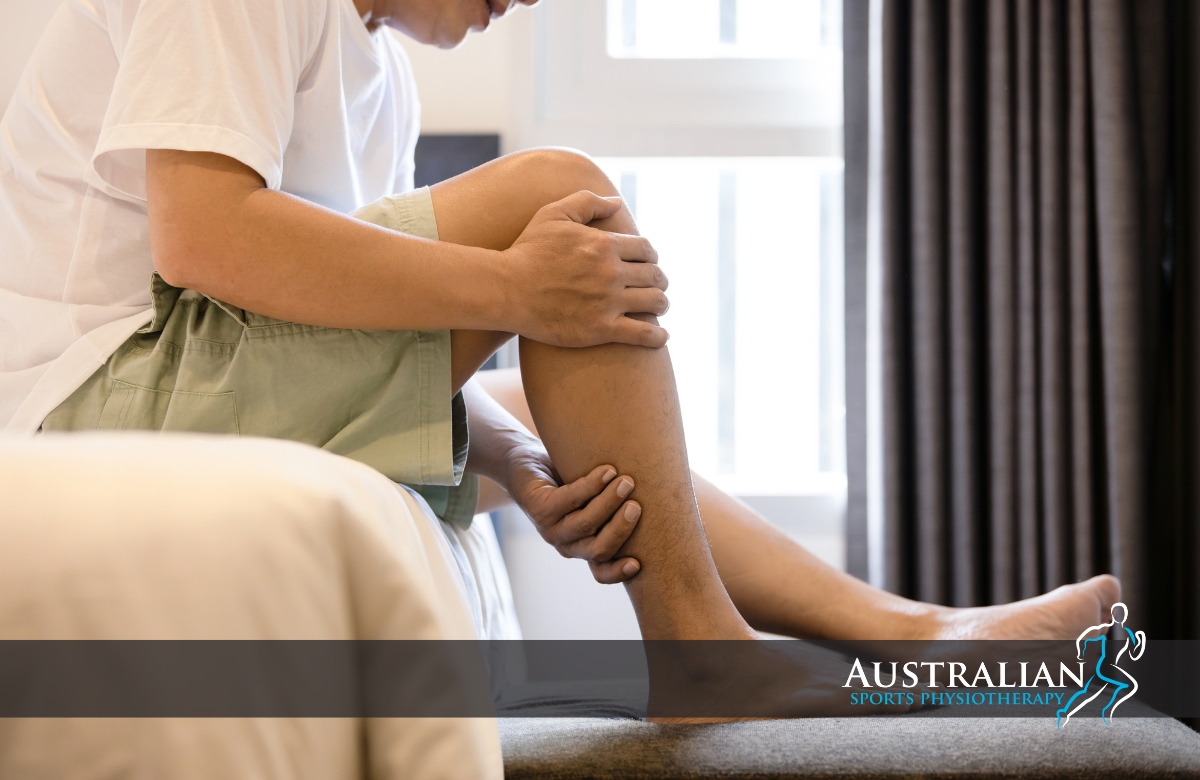
Final thoughts on physiotherapy for numbness
If you’re experiencing numbness, don’t just brush it off as a minor inconvenience. Seek the help of a physiotherapist who can provide targeted treatments and exercises to address the root cause of your numbness. Remember, your body is telling you something, so listen to it and take action.
Don’t let numbness hold you back from living a full and active life. Get the help you need and regain your feeling of wellness today!
Book an appointment with one of our experienced physiotherapists today for a comprehensive assessment and customised treatment plan.

